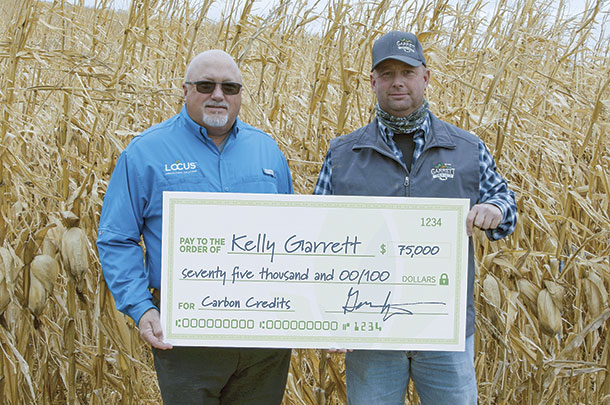
1. Cash for carbon credits
Kelly Garrett, in western Iowa, is the first producer in the U.S. to market carbon credits for a large payment. The credits were determined by the amount of carbon stored in soil on his farm.
Kelly is the fifth generation to manage the 6,300-acre farming and cow-calf enterprise. He was preceded by his parents, Gene and Cathy Garrett, who are still involved in the operation. The sixth generation is Kelly and Amber’s three sons – Connor, Colin and Cael – who plan to return to the farm.
Read the full article at Cash for carbon credits
PHOTO: A carbon credit check-receiving ceremony features Shane Head, Locus Ag’s vice president of environmental platforms; and Kelly Garrett, western Iowa farmer. Photo provided by Kelly Garrett.
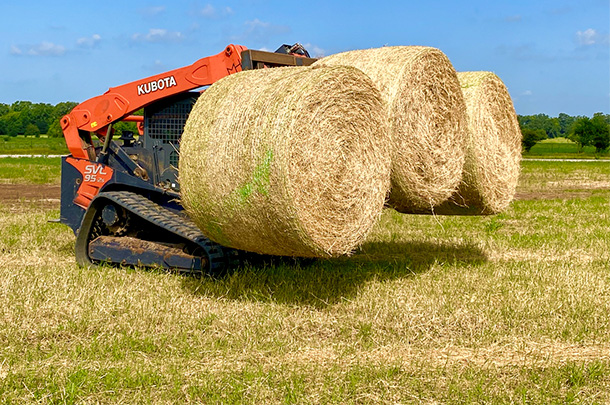
2. Double-bale spear for the all-around cowboy
Welders just do not think like the rest of the population does. When welders see a problem, they think, “Well, what can I build to fix that?” And then they come up with something.
It’s not like you and me, who have to shuffle through a million off-the-shelf products to find something that “comes close.” No – welders will find a way to make it – then make it better.
Read the full article at Double-bale spear for the all-around cowboy
PHOTO: The double-bale spear has four forks, which can pick up three bales for loading a trailer. For unloading, if two bales are speared, the hydraulics can separate the bales to create parallel lines (separated by space) in a ground-storage formation. Photo by Michael High.
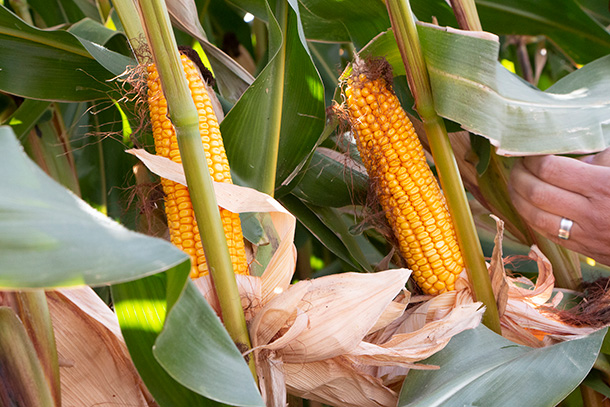
3. BMR forage: Are we getting the bang for our buck?
Brown midrib (BMR) or low-lignin varieties of sorghum, sudan, millet and hybrid crosses have been commercially available since the 1990s. However, I still receive questions (and opinions) from livestock producers regarding claims that BMR varieties improve animal performance relative to their non-BMR counterparts. Some buy in wholeheartedly, attesting to improved intake and body condition; others say they have not seen the benefits.
To examine these differences, I have pulled together a set of over 2,000 hay samples submitted to our laboratory from Nebraska and surrounding states. The species included are sorghums, millets, sudans and sudex hybrid crosses.
Read the full article at BMR forage: Are we getting the bang for our buck?
PHOTO: Photo by Lynn Jaynes.
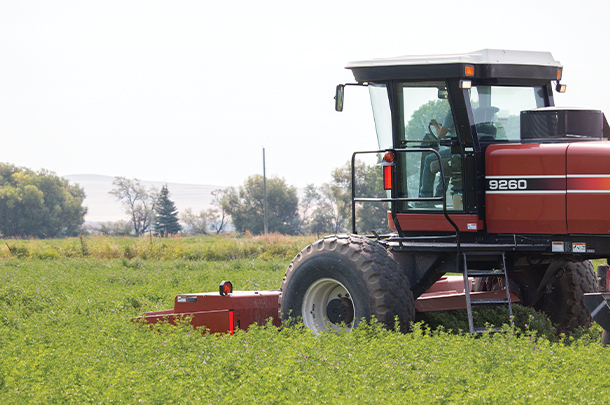
4. What does it cost you to produce a ton of hay?
The University of Idaho Extension produces costs and returns estimates for alfalfa hay every other year.
The overall goal of this project is to provide hay producers with an unbiased and consistently calculated estimate of the costs to produce alfalfa hay and to track the change in production costs per acre and per ton over time.
Read the full article at What does it cost you to produce a ton of hay?
PHOTO: Photo by Cassidy Woolsey.
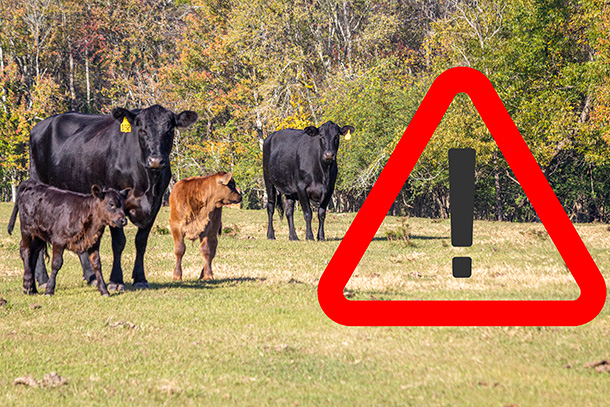
5. Six cautions when grazing cover crops
Grazing cover crops can be a cost-effective way to achieve multiple operational goals. Cover crops can provide ground cover to prevent erosion, improve soil health over time and provide nutrient-dense forage for grazing. However, turning cattle out onto cover crops to graze without understanding the risks can lead to a wreck.
I have consulted with a producer who lost cattle to sulfur toxicity. After the incident, that producer understood the value of testing cover crops prior to grazing.
Read the full article at Six cautions when grazing cover crops
PHOTO: Photo by Mike Dixon.
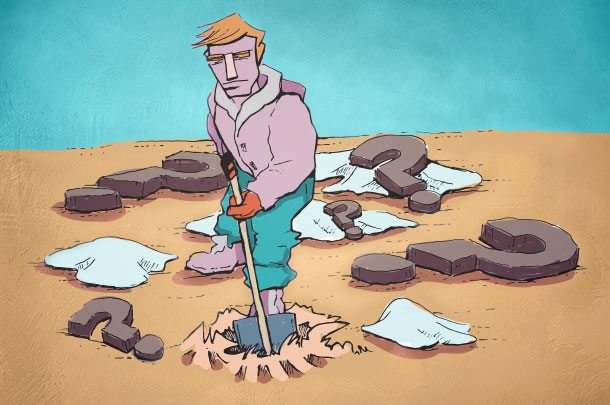
6. 4 questions to ask your agronomist before soil sampling
Spring soil sampling is right around the corner, and soil samples pulled in 2021 will be providing useful data through the 2025 growing season. Soil sampling is a major investment and carries tremendous value.
These samples will also drive most fertility management decisions on the farm. Planning should be a key part of the process, long before a probe enters the ground.
Read the full article at 4 questions to ask your agronomist before soil sampling
ILLUSTRATION: Illustration by Corey Lewis.
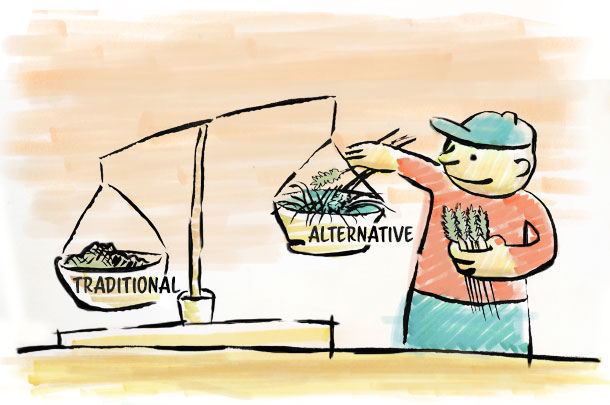
7. Growing forages for the new normal
Considering the past two years, farming and growing forages has not been easy.
Issues like repeated winterkill, delayed or prevented planting and harvest, as well as uncertainty in corn and soybean markets, decline in fluid milk prices and a global pandemic have made planning for the future exceedingly difficult.
Read the full article at Growing forages for the new normal
ILLUSTRATION: Illustration by Corey Lewis.
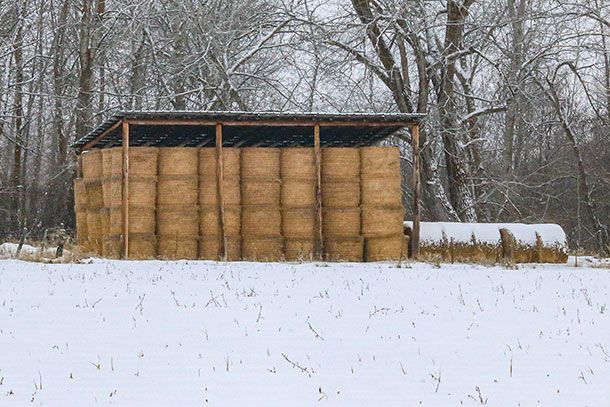
8. Don’t blow your cover
Quite a variety of methods are used to store hay, and all of the above happen somewhere, I swear.
Hay storage looks different all around the country, but still surprising is the amount of hay left unprotected. Think of it this way: If you walked out of the convenience store with a straw-sized leak in the bottom of your two-dollar, 32-ounce fountain drink, you’d be upset, right?
Read the full article at Don’t blow your cover
PHOTO: Covering the top of bales only solves part of the problem; breaking contact with the ground will prevent moisture wicking and bale spoilage. Photo by Carrie Veselka.
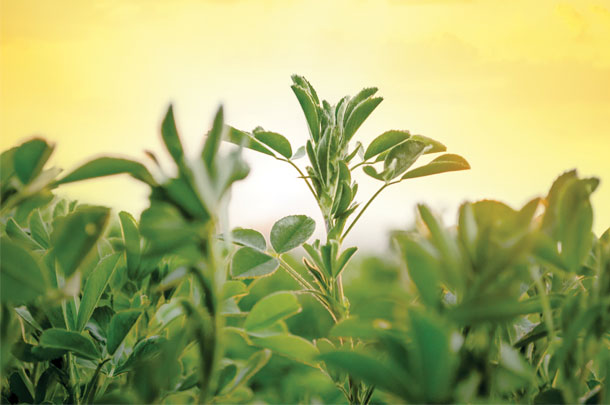
9. A bright future: Protein in alfalfa hay and haylage
Alfalfa has long been appreciated for its high protein content. It is normally around 20% crude protein (CP) for dairy-quality hay/haylage and 16% to 18% CP when harvested at first flower to mid-flower for growing animals.
Both are at or above the 14% to 16% protein needs of animals. The value of this protein has increased as more low-protein feeds (such as corn silage) are being fed in rations.
Read the full article at A bright future: Protein in alfalfa hay and haylage
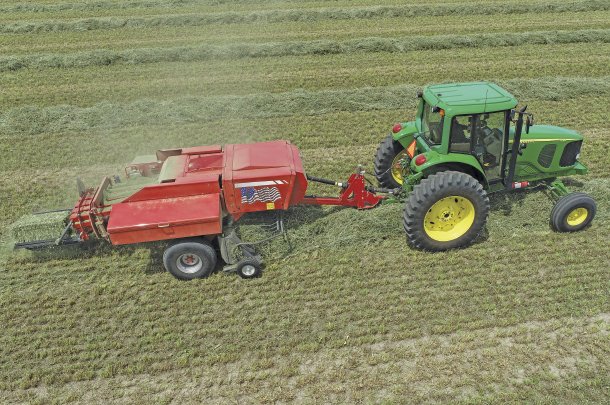
10. A double two-tie
If you’ve read our magazine for long, you’ll already know John Russell’s name. While he bales straw and hay in Ohio as his primary occupation, that occupation has forced him into his “other life” as an inventor, a tweaker, an idea guy, a producer constantly looking for ways to improve his product and process.
A few years ago, we introduced you to his self-propelled fluffer. Today, we introduce you to his double two-tie baler.
Read the full article at A double two-tie ![]()
PHOTO: While not cost-friendly for many producers, the current model works for John Russell in that it replaces a tractor, an operator and a baler, and makes his operation more efficient without sacrificing quality. Photo courtesy of J.D. Russell Hay & Straw Inc.










